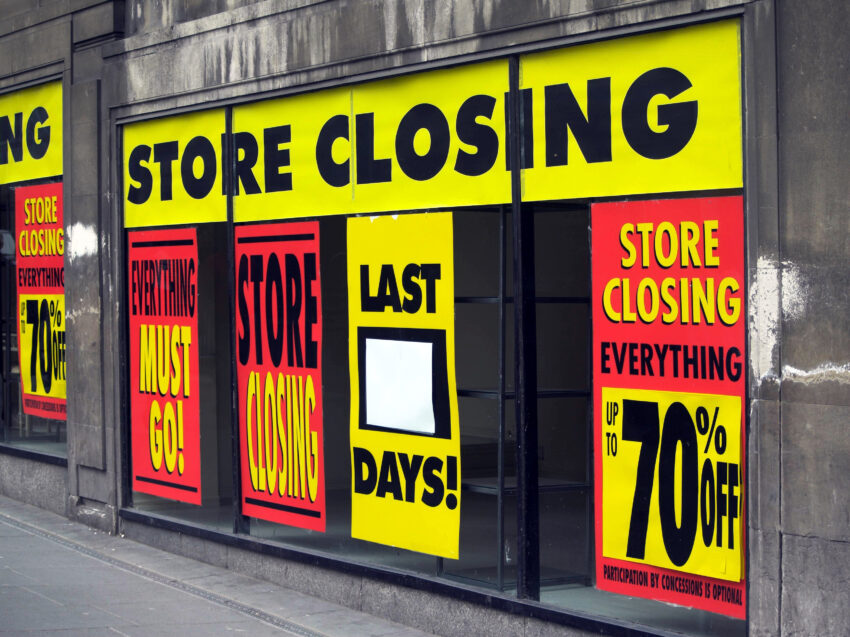A sharp rise in creditors using court action to recover debts has fuelled fears of a jump in insolvencies.
The number of county court judgments lodged against companies in the three months to the end of September was 21,764, a rise of 51 per cent on the previous quarter.
Begbies Traynor, the restructuring firm, warned that the latest figure painted a “gloomy picture” for future insolvencies.
In the third quarter, 155 companies fell into administration or receivership, a 26 per cent rise on the previous quarter, according to Interpath Advisory, another restructuring firm. The construction and energy sectors suffered the biggest rises in receiverships, as global supply chain challenges and rising inflation took their toll.
Begbies Traynor found that 562,550 companies faced county court judgments of less than £5,000 in the third quarter, down 14 per cent on the previous quarter.
The number of critically distressed businesses with county court judgments of more than £5,000 filed against them rose by 17 per cent to 1,668 over the same period.
Ric Traynor, executive chairman of Begbies Traynor, said he was “concerned that trading conditions will deteriorate for many companies as supply chain issues affect output and input costs continue their upward trajectory”.
Begbies Traynor has found there is a real concern among many directors of small and medium-sized companies about their ability to pay back government bounce back loans, which let them borrow a maximum of 25 per cent of their turnover up to £50,000.
Directors have reported that HM Revenue & Customs is “taking an increasingly aggressive line in chasing debts, particularly those who have defaulted on time-to-pay arrangements”.
Blair Nimmo, chief executive of Interpath, said that the sectors facing higher activity included general manufacturing, automotive and aerospace supply chains. “Against a backdrop of rising inflation costs and lessening government support, there are signs that the level of insolvencies are beginning to rise.”
He warned that the construction sector was “on the brink of a perfect storm . . . Raw material costs remain at high levels, with steel, timber and plastic products nearly 50 per cent higher than they were pre-April 2020.”


